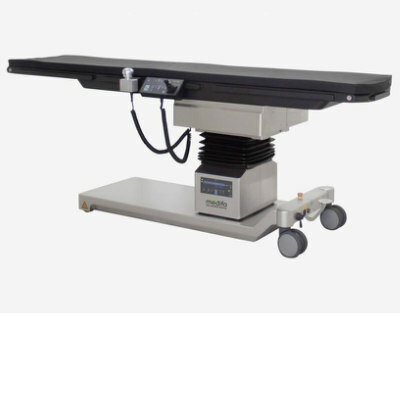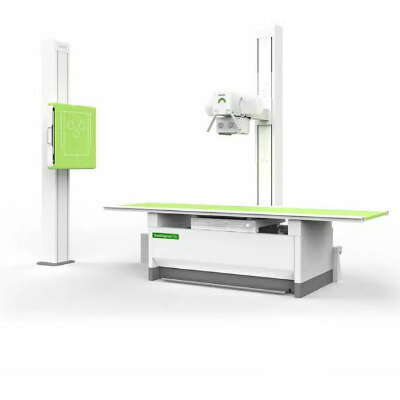Ultrasound as Effective as CT Scans for Most Diagnoses
By MedImaging International staff writers
Posted on 02 Jun 2011
A new study by Israeli investigators exploring the effectiveness of costly and invasive computed tomography (CT) scans has shown that, in some cases, they do not offer a clinical advantage over a simpler, inexpensive ultrasound procedure.Posted on 02 Jun 2011
For diagnosing head and neck ailments, tests that use radiation are always less desirable than those that do not. Otolaryngologists have a wide range of techniques available to them, including CT scans, magnetic resonance imaging (MRI), and ultrasound. CT uses a considerable amount of radiation and MRI a lower amount, but ultrasound is a noninvasive, nonradiating technique. It does not require injection of radioactive contrast material and has no side effects.
In his study, Dr. Michael Vaiman of Tel Aviv University's Sackler Faculty of Medicine (Israel) compared the efficacy of CT versus ultrasound scans for locating vertebral arteries in the throat, an important assessment that must be completed before a surgeon operates in the neck area of the body. After comparing the outcomes of 250 CT scans with 500 ultrasound images, he concluded that there is no advantage to using CT scans for most of these procedures, especially those that are used to locate anomalies in the neck to map major arteries before surgery can take place.
Dr. Vaiman's findings were published in the March 2011 issue of the journal European Archives of Oto-Rhino-Laryngology. Traditionally, clinicians have relied on CT scans to find neck arteries and assess neck tumors, enlarged lymphatic nodules, diseases of the salivary glands, different kinds of bronchial cysts, or the development of thyroid cancer.
Although ultrasound is not the investigation of choice for every neck pathology, it is adequate for diagnosis and assessment of treatment options for most of these conditions. Ultrasound not only locates a lesion, but also provides data about its size, consistency, and relation to other organs, as well as other features. "I would recommend the use of ultrasound scans, and not radiating CT scans, for most procedures," Dr. Vaiman stated. "I would especially recommend ultrasound when children are investigated. There are some tumors that do require CT or MRI investigation, but these cases are rare. When in doubt, and high-resolution imaging is necessary, I would suggest a low-radiating MRI."
This study follows warnings from international health organizations about the dangers of overexposure to CT-related radiation. Some medical experts caution that patients are exposed to too many CT scans, and the results could be harmful to their health. Excessive radiation can itself lead to cancerous growths, for example.
Although Dr. Vaiman's study focused on the relationship of arteries in the neck, he believes that most CT scans of other organs may also be unnecessary and would best be done using ultrasound. It is inexpensive, readily available, and over time, less harmful than CT scanning.
"Preoperative ultrasound investigation allows a very precise identification of abnormal vertebral arteries," he reported. "I believe that radiation-free ultrasound investigation of blood vessels is as precise as CT 3D [three-dimensional] imaging, and should be used as an alternative in most cases."
Related Links:
Tel Aviv University's Sackler Faculty of Medicine














